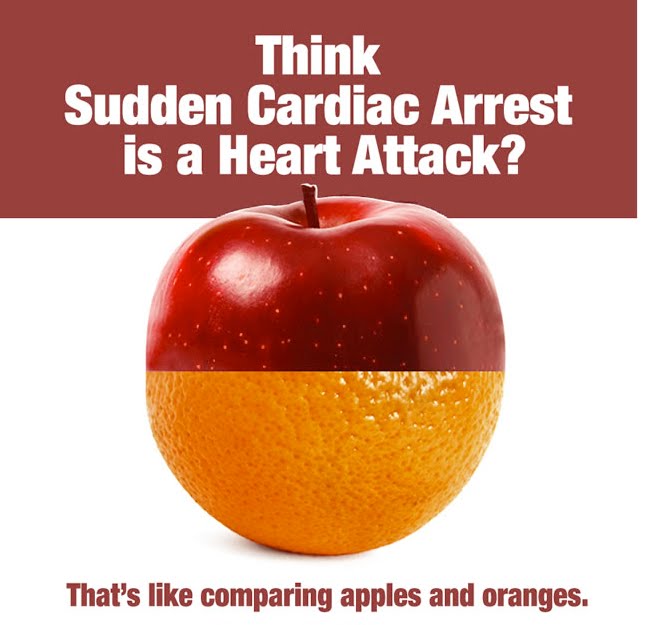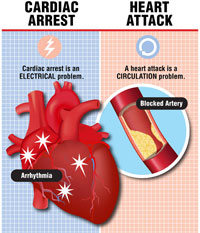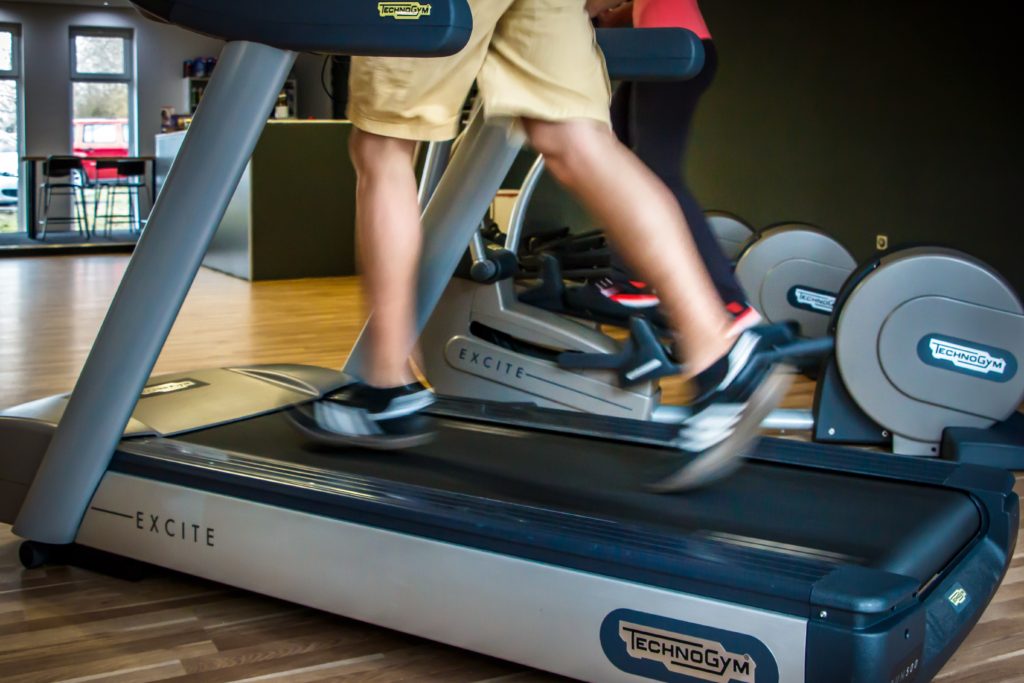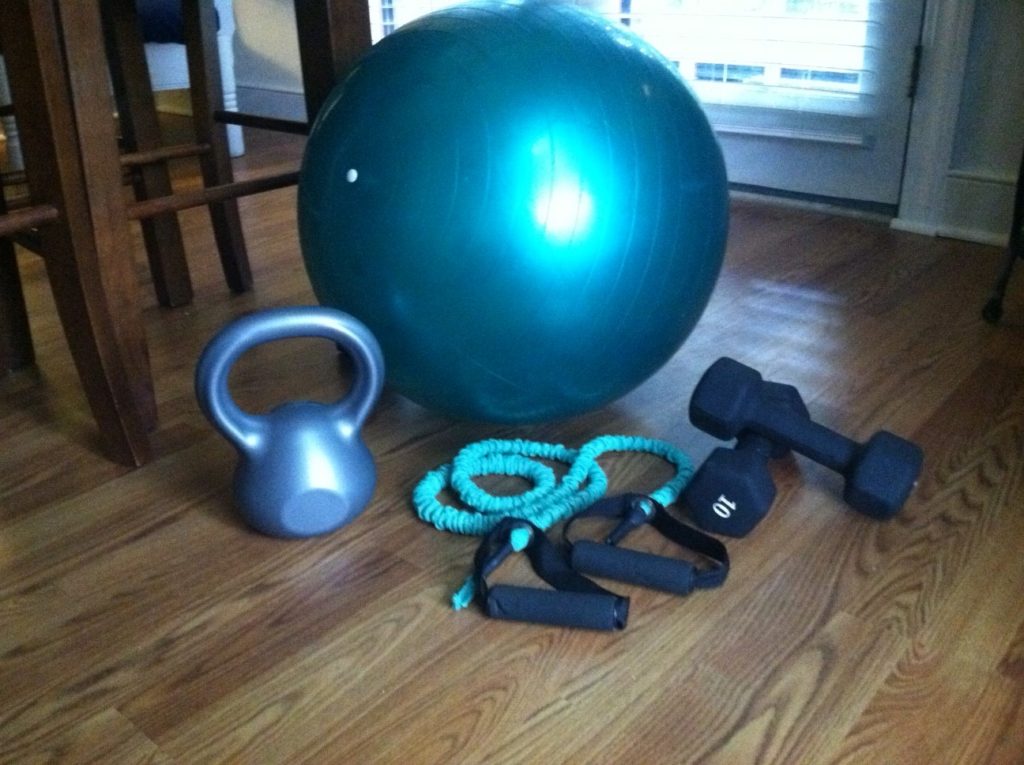If you are under the impression that a heart attack and a cardiac arrest are the same, you are mistaken. Both these terms refer to different conditions of the heart; let us see how.
Heart attack: sequence of events
When someone has reduced or lack of blood flow in the blood vessels supplying the heart muscle, or in other words, one or more critical block(s) in the coronary arteries leading to deficient oxygen supply to the myocardium, the individual is said to have a heart attack.
This usually manifests as chest pain, chest tightness, lower jaw, neck or upper back discomfort or heartburn. Breathlessness, giddiness, excessive sweating, nausea and vomiting can accompany the pain or be lone symptoms. Silent attacks can occur too.
A heart attack (or myocardial infarction) can lead to a cardiac arrest.
So what is a cardiac arrest?
A cardiac arrest is when the heart suddenly stops pumping blood, mostly due to abnormal electrical signals or arrhythmias within the heart. There is a sudden lack of blood supply to all the body parts including the brain leading to a loss of consciousness and collapse.
Cardiac arrest is a deadly condition, which can lead to death within a few seconds to minutes. By providing immediate cardiopulmonary resuscitation (CPR) and defibrillation, a cardiac arrest can be reversed. An automated external defibrillator or AED is available in many public facilities these days for this purpose. However, only people trained in CPR and emergency healthcare should volunteer to resuscitate someone, as incorrect maneuvers can be dangerous.
There are several reasons for a cardiac arrest; the commonest is a heart attack.
Some other causes of cardiac arrest are cardiomyopathy (due to diabetes, hypertension or other causes), heart failure, valve abnormalities, abnormally formed coronary arteries, recreational drug use, certain medications, certain electrical abnormalities of the heart like Wolff-Parkinson-White Syndrome and inherited genetic abnormalities like Long QT Syndrome.
Important points to note:
- Heart attack leads to death of heart muscle tissue which if untreated can lead to death of the individual; however, a massive heart attack can cause instant death. Whether sudden or not, the usual mechanism of death following a heart attack is cardiac arrest.
- Cardiac arrest is a deadly condition that can cause death in a matter of seconds to minutes; immediate CPR can reverse the arrest.
- Treatment for someone who has had a heart attack often includes lifestyle modification, medicines, angioplasty or bypass surgery and cardiac rehabilitation.
- A cardiac arrest survivor is managed with lifestyle advice, medicines, cardiac device like pacemaker or implantable cardioverter defibrillator (ICD), surgical denervation if necessary and cardiac rehabilitation.
- Sudden cardiac arrest or death in a healthy individual below 40 years of age may be due to a genetic cause; thorough evaluation by a cardio-genetic team often helps prevent future arrest/death.
- Both heart attack and cardiac arrest are preventable by healthy lifestyle, regular health checks and adherence to medication.
The healthcare team at Cardiac Wellness Institute provides comprehensive services for individuals and families with heart attack and cardiac arrest; you may contact us for any further questions or clarifications.




